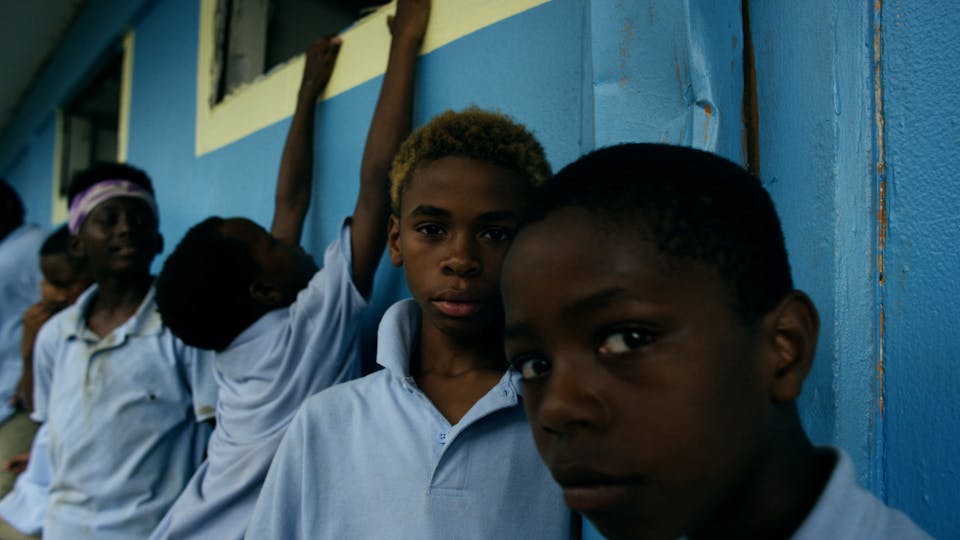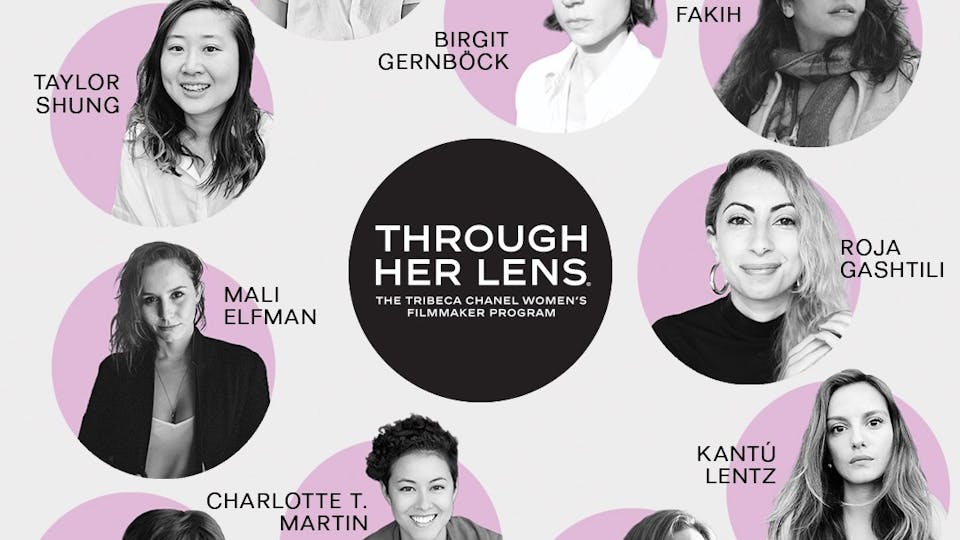Katrine Riis Kjær's Harrowing Look at Adoption in 'Mercy Mercy'

IDFAMercy MercyGucci Tribeca Documentary Fund) director ) director Katrine Riis Kjær describes how she developed her moving documentary. In the film, Kjær looks at International adoption. It seems like the perfect solution to a heartbreaking imbalance: poor countries have babies in need of homes, and rich countries have homes in need of babies. Unfortunately, she learns a lot of the orphans are not orphans at all.

I incidentally met Henriette—the adoptive mother— when I was commissioned to make a nationwide primetime TV documentary series on first time parenthood for Danish TV2. Henriette showed me a picture of her children-to-be, Masho and Roba, with their biological mother and father, who were supposedly dying of AIDS. At that point I considered adoption to be an act of doing good but being the mother of five myself, I knew I had to meet these parents who chose to give away their children to secure their future before they would both die. And I wanted to witness the meeting between the two couples, where the dying parents meet the adoptive parents. So I went to Ethiopia. But there I found a much more complex story that I could ever have imagined. The Ethiopian parents—Sinkenesh and Husen—were NOT dying. Neither did they have AIDS. In fact they came across as healthy and caring parents, but they were in distress after recently being diagnosed with HIV. They were encouraged to the adoption by the orphanage and local adoption agency and believed that the new family in the West would be like an extended family who would help them in the future. As is the tradition of local adoptions inside of Ethiopia. For me it was hard to witness parents, giving away their children—not as a last solution—but out of what seemed to be misinformation, misbelief and distress. The Danish parents on the other side had used all their savings on becoming adoptive parents after trying to have children of their own for seven rough years. They were full of the best intentions in meeting the children and what they believed was dying parents, and promised the biological parents that they would take care of their children for the rest of their lives. I came home and struggled hard to convince my broadcaster that I had the material to tell the story from two perspectives, but it was only the Danish perspective that had an interest and I delivered a TV documentary out of the Danish POV- but I felt a need to understand the full story, and on my own investment I went back to Sinkenesh and Husen - and saw the parents—one year after—still hoping for letters about the children and the economic help of what they believed was their new extended family in Denmark. Gert and Henriette, the Danish couple, wanted to become parents, but were not prepared to meet the needs of children who already had parents, and who had suffered losses as a consequence of the adoption. I went to visit now and then, and saw a family with the best intentions struggling to make the adoption work, without success. Already three weeks after their homecoming they started to ask the social welfare for help and counseling in how to handle Masho. But no help was given. After two and a half years of trying it comes to an emotional disaster for both Masho and her adoptive parents. It has been an increasingly emotional load following this story, with many ethical dilemmas, and it has become harder not to become a participant in the unfolding drama. Often I wanted just to quiet, but I had witnessed an adoption process that did not meet the intention of adoption as a measurement on child protection. I had seen the consequences it had to a child, and the parents on both sides of the globe, and I could not keep my eyes shut. My best argument to want to keep pursuing the story in both Ethiopia and Denmark was my wish to finalize these characters that were undertaking a dramaturgic development in understanding that the dreams they all started out with turned into something completely different. I want to see them as they all start a new life, as they come to terms with the consequences the misinformation given to both sides has affected them. I wish to understand the magnitude of the consequences of international adoptions for all involved and show the consequences that misinformation may lead to in the process, and to tell the story where you, the audience, may not agree with all the acts of the protagonists along the way, but where you do understand their motives. And further more I want to strive for the cinematic sense of the film, opening the scenes up, giving them the sense and feel of the characters and the two very different ways of life, society and nature in both Ethiopia and Denmark. I am not against adoption, but I will question if there is a side to the adoption industry that sometimes puts commercial goals above human needs. I want you to see and feel the consequences of a supply and demand system for a child and question why we help the way we do. To this effect, it is my desire that this story, with its unique access, should be an image of the inequalities and absurdities of the world.
[Photos: A still from Mercy Mercy, director Katrine Riis Kjær]






